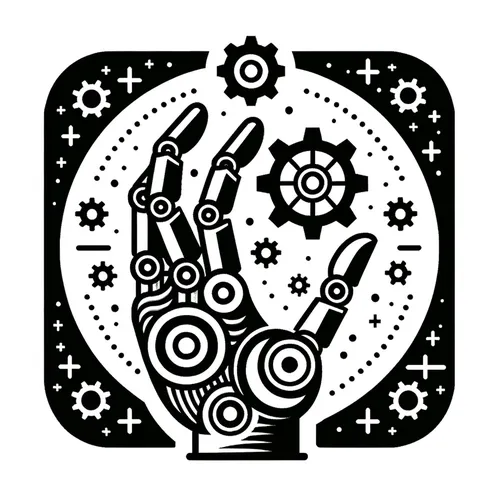Robots Gone Wild: AI Takes Over Factories and Warehouses in 2025!
- Author
- Quiet. Please
- Published
- Wed 28 May 2025
- Episode Link
- https://www.spreaker.com/episode/robots-gone-wild-ai-takes-over-factories-and-warehouses-in-2025--66309049
This is you Robotics Industry Insider: AI & Automation News podcast.
As the robotics and automation industry surges ahead in 2025, several breakthrough developments are drawing attention from insiders and investors alike. The Automate 2025 event in Detroit, now the largest to date, exemplifies this momentum, as leading companies such as KUKA, Universal Robots, and Vention showcase revolutionary robots powered by NVIDIA’s advanced platforms. These technologies leverage synthetic data and simulation to dramatically speed up robot development, while the integration of artificial intelligence deepens robots’ physical understanding of their environments. This shift, termed “physical AI,” is reshaping the way factories and warehouses operate, pushing the industry closer to a future defined by software-driven, autonomous facilities.
Recent product unveilings reinforce this trend. Fox Robotics launched the FoxBot Mk3, an autonomous forklift capable of self-adjusting and seamless integration with warehouse management systems. On the collaborative front, CMES Robotics is demonstrating piece-picking with the FANUC CRX cobot, while Photoneo and Jacobi Robotics have partnered to blend advanced 3D vision with artificial intelligence for warehouse automation. These launches reflect a broader market appetite for both industrial and collaborative robots that are increasingly flexible, modular, and intelligent.
The market data underscores this explosive growth: the global industrial automation market is valued at over two hundred fifty billion dollars in 2025 and is projected to reach nearly five hundred seventy billion dollars by 2034, representing a robust compound annual growth rate above nine percent. This expansion is fueled by manufacturers’ pursuit of efficiency, cost reduction, and resilience, as well as acute labor shortages and the ongoing reshaping of supply chains.
Strategic partnerships and investments are further accelerating adoption. For example, Rockwell Automation’s investment in RightHand Robotics aims to streamline system integration for complex order fulfillment, and ABB has deployed sustainable robotics in Mercedes facilities. Meanwhile, AI-powered Dexterity recently closed a substantial funding round, highlighting investor confidence in next-generation robotic technologies.
For practitioners and businesses, the practical takeaway is clear: evaluate your automation readiness, prioritize AI-enabled solutions for repetitive and hazardous tasks, and explore partnerships with advanced robotics integrators. The future will favor organizations that can leverage AI, robotics, and data-driven automation to boost operational agility and workforce safety. Looking ahead, expect rapid cycles of innovation, deeper AI integration in physical robots, and a move toward fully autonomous, software-defined operations that can adapt to changing economic and supply chain conditions.
For more http://www.quietplease.ai
Get the best deals https://amzn.to/3ODvOta
